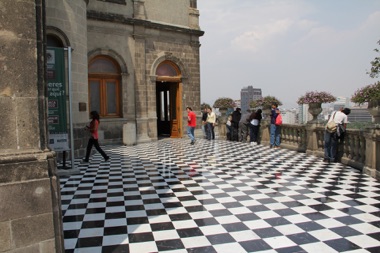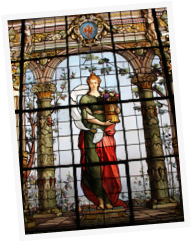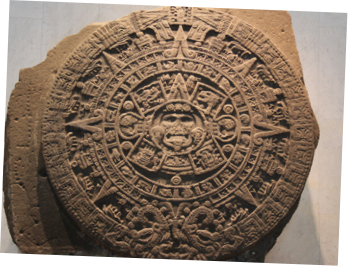For as brutal as Spanish colonization was, when Cortez topped the mountain ridge east of Mexico City, his stated objective was to enlarge the Spanish Empire and not to eliminate the indigenous population. That would only be an objective if anybody stood in his way or didn’t want to assimilate into the New Spain being created. The Spanish were very happy to convert all indios if the indios were willing. Only the unwilling were dealt with harshly.
To be honest, this was forward thinking at the time, especially in North America. As the later centuries would show, most natives to the north of Mexico weren’t considered human enough to warrant the effort of conversion, and were simply disposed of in all manner imaginable.
Union General Philip Sheridan supposedly once said, “the only good Indian is a dead Indian.” Now there is doubt whether he said it or not. Either way, most United States citizens at the time held the same sentiment, and it showed. By the beginning of the 20th Century, most Native American cultures in the United States were long gone or had faded to a point of almost being non-recognizable to their ancestors who lived only fifty years before.
Conquistadors were practically inhuman with their subjugation of the population of lands they conquered. But since their stated point wasn’t to exterminate, the eyes Cortez first looked into are still very close to the same eyes we look into, anytime we travel in Mexico.
Being from the United States, I always feel saddened knowing the fate of millions of peoples to the north, then very amazed, that most peoples have remained at least comparatively unmolested throughout the centuries in Latin America. It’s not saying much, but it’s something.
From day one in Mexico I had noticed this, but had it driven home to me all the more while standing on the second floor of the Museo Nacional de Antropologia (National Museum of Anthropology).
As a caucasian, it was a slap in the face. The same idea for the United States would produce a work of very white clay figures, standing on a heap of nothing darker than Donny Osmond.
Once we reached the last exhibit on the lower level, it was possible to go up a floor and see the country’s contemporary cultures. Mexico is such a diverse place.
Outside, we were treated to the Danza de los Voladores (Dance of the Flying Men). In this show of arial prowess, four men, dressed in very striking costumes, climb a 100 foot pole, that spins at the top, and attach ropes to their ankles. Then, they simultaneously let go and spiral downwards, head first, while one plays a flute.
Whatever the reason, the performance is quite a spectacle.
The Museo Nacional de Antropologia is located in Chapultepec Park, a vast green space in western Mexico City very much like Central Park is to upper Manhattan.
We crossed Paseo de la Reforma (Avenue of Reform), a major artery for the city, and headed towards the center of the Park.
Chapultepec Castle sits centrally located on a steep bluff, rising above the numerous trees that make up the lovely park. The rise where it now sits has been occupied since the time of the Aztecs.
When you approach Chapultepec Hill, it’s easy to see why the Aztecs favored it. The hill rises to height that gives an unimpeded view in all directions.
With the beginning of the Mexican-American war in 1846, American forces worked their way southward, until an assault on the city was inevitable. After a council of war headed by General Winfield Scott, the decision was made to attack the city from the west, and to take Chapultepec Castle.
Six Mexican military cadets, ages 13 to 19, refused to fall back when the order to retreat was given. All fought to the death, with the last one wrapping himself in the Mexican flag and leaping from the eastern bluff. These six would go down in Mexican folklore as Los Ninos Heroes, national symbols of pride to this day.
Today, the building houses many of Maximilian’s belongings. It also is the home of the National History Museum of Mexico.
We climbed the winding driveway to the top of the bluff. The view is spectacular and affords an unimpeded view of all parts of the city.
Being from the United States, seeing history from another perspective is always a bit of an eye-opener. Having the Texas Revolutionaries described as “Foreign Separatists” definitely wasn’t how they were described in our seventh grade Texas History class.
A couple of hours later, we made our way to down the escarpment and to the nearest the Metro stop. Twenty minutes later we were back in our cozy hotel room, frazzled from a day’s sightseeing.



















